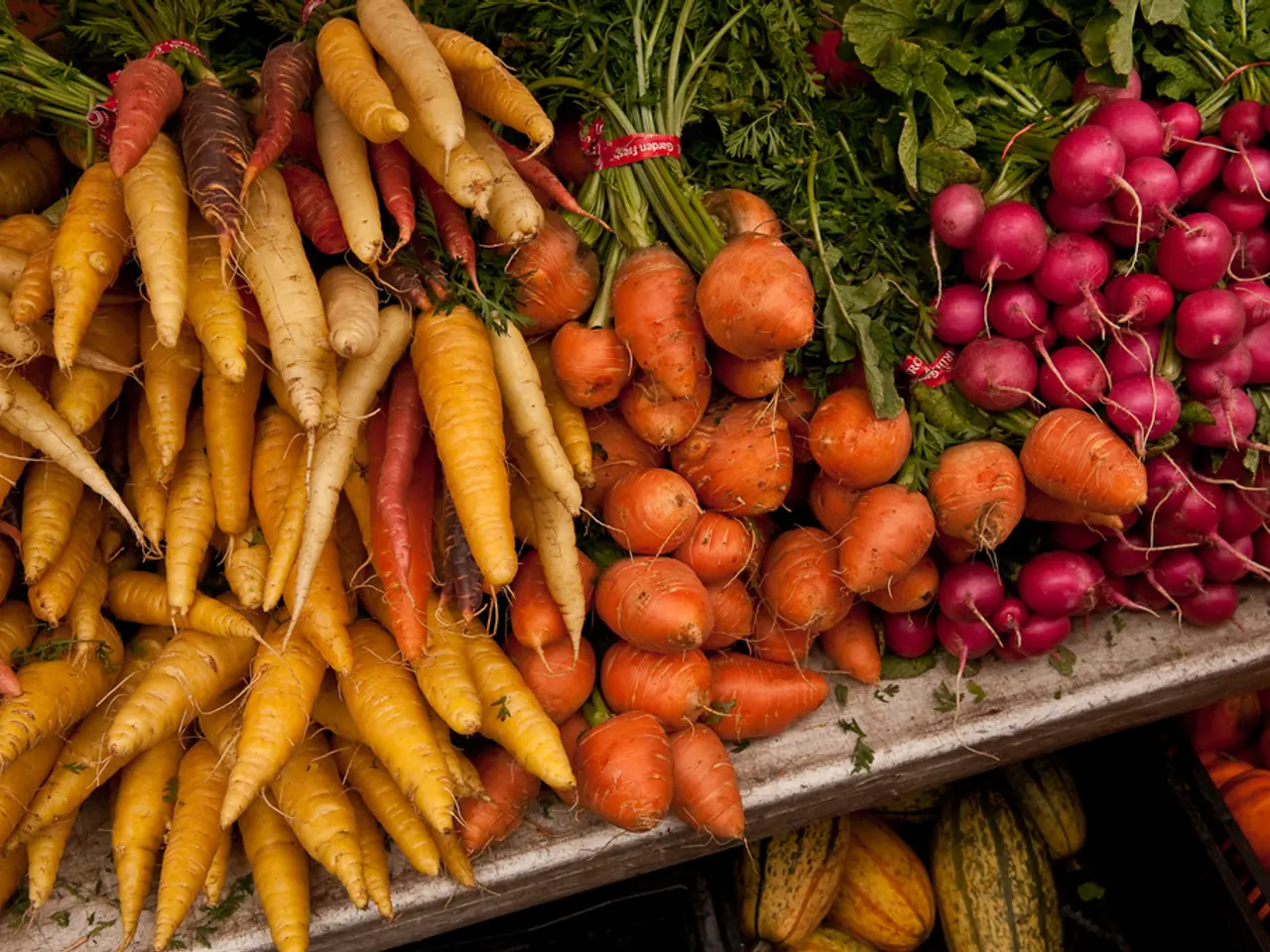Guide for Newcomers on Creating Containers for Growing Plants
Starting a container vegetable garden can be a rewarding and enjoyable experience, especially for those living in apartments or small spaces without yards. Here are some key details to follow for a productive and enjoyable container garden.
Containers
Choosing the right containers is crucial for the growth of your plants. For most vegetables, use containers that are at least 40 cm deep to allow sufficient root growth. Deeper and wider containers are needed for root vegetables or larger plants like tomatoes or squash. Ensure your containers have good drainage holes to prevent waterlogging and root rot.
Soil
Invest in high-quality potting mix designed for container gardening. Plants rely entirely on the potting soil for nutrients and moisture. Avoid using garden soil in pots as it can compact and prevent drainage.
Plant Selection
Choose vegetables suited to container growth such as determinate tomato varieties, zucchini, cucumbers, beans, peppers, lettuce, herbs, onions, peas, eggplant, potatoes, and root vegetables. Match container size and soil depth to the mature size and root system of the chosen plants.
Watering and Fertilizing
Container plants generally require more frequent watering and feeding than in-ground plants because pots dry out and lose nutrients faster. Monitor moisture and fertilize regularly with balanced fertilizer appropriate for edible plants.
Companion Planting
Combine plants in containers that support each other to maximize space, improve growth, and reduce pests. For example, pairing taller plants with shorter or trailing plants, or combining fast-growers with slow maturing ones enhances productivity and garden health.
Sunlight
Ensure your container garden receives adequate sunlight, typically 6 or more hours daily, depending on the vegetable species.
Observation and Adaptation
Use the flexibility of containers to relocate plants for optimal light or microclimate conditions, and experiment with plant combinations to learn what works best in your space.
Additional Tools
Additional tools to support success include a watering can with a narrow spout, gloves, secateurs for pruning, and optionally a moisture meter to monitor soil wetness.
Starting a Container Garden
Starting a container garden can be intimidating, but there are tips and resources available to help. The process of creating drainage can be challenging without the right tools or information. Grow bags are portable and can be transported indoors during cold weather. When purchasing a container garden kit, you can ensure that the container is tailored to help plants thrive.
Watering
Watering is the most nuanced aspect of taking care of a container garden, and overwatering is the most common cause of plant deaths. The 'thumb test' is a method for determining if a container garden needs water by sticking your thumb into the top inch of the soil; if it's dry, it's time to water. Watering your container garden deeply and thoroughly, but not too often, is recommended.
Seasonality
Seasonality is less of a restriction in a container garden. Now is the perfect time to start a fall container garden. A container with proper drainage and aeration, like the Gardenuity grow bag, allows for proper watering and prevents the roots from sitting in water for too long.
Overcrowding
Overcrowding a container garden can lead to stunted growth, the quick spread of disease, and difficulties with harvesting crops. Peppers, tomatoes, rosemary, oregano, parsley, basil, spinach, kale, lettuce, radishes, beets, cucumber, carrots, broccoli, bok choy/baby choy, jalapeños, arugula, sage, garlic are some of the best vegetables and herbs for container gardening.
By following these practices, you can create a productive and enjoyable container vegetable garden, whether on a balcony, patio, or windowsill. A Gardenuity container garden kit can make starting a container garden stress-free and exciting. Happy gardening!
Container gardening can be a great lifestyle choice for beginners, offering an engaging activity within small home-and-gardening spaces. From the selection of suitable containers and high-quality potting mix to proper watering, fertilizing, and companion planting, understanding the key details of container gardening can lead to a productive and enjoyable experience. Additionally, utilizing the flexibility of containers for optimal sunlight and microclimate conditions can enhance gardening success and adaptability.



